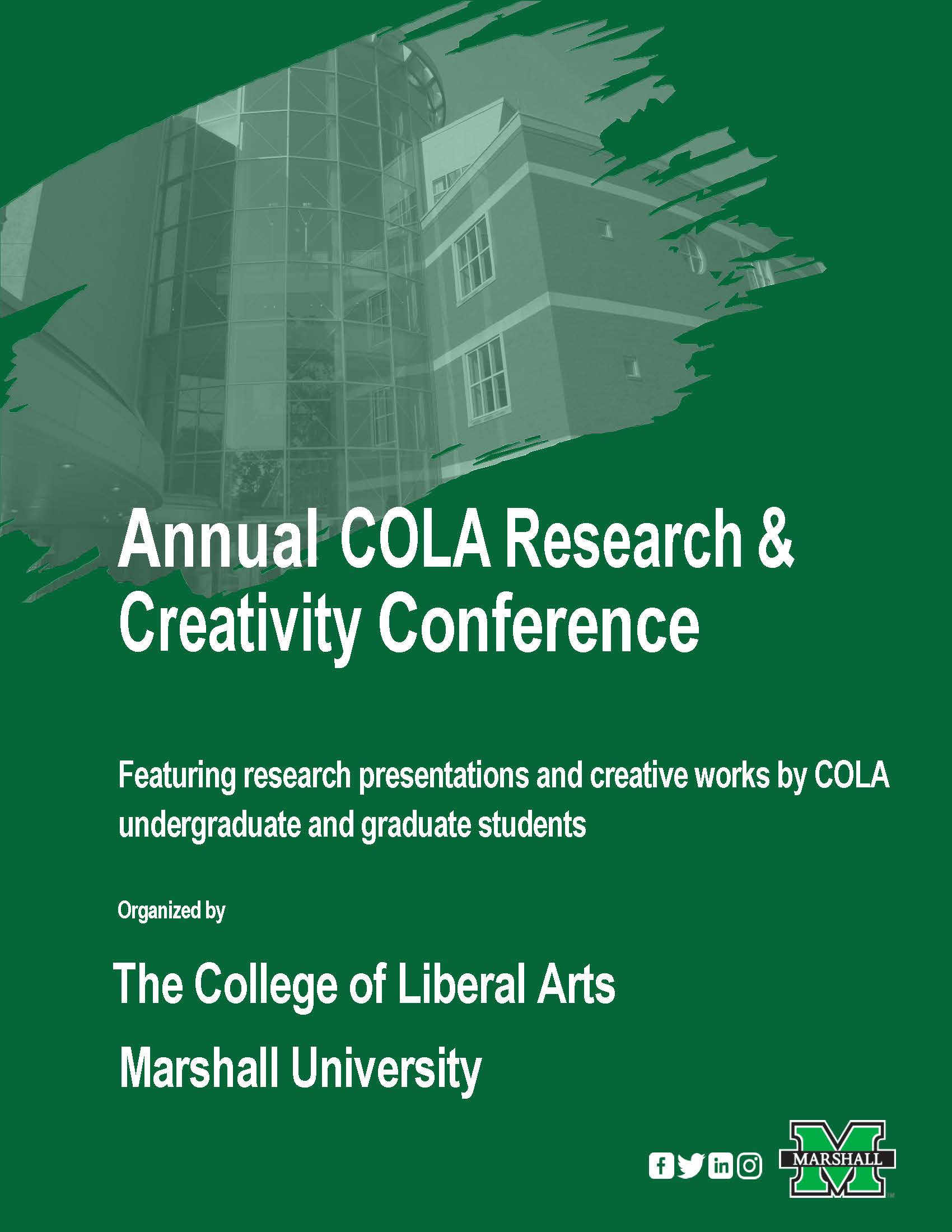Evidence-Based Treatment Options for Obsessive-Compulsive Disorder: A Literature Review
Document Type
Poster Presentation
Keywords
OCD, ERP, ACT
Biography
Jessica Leffingwell is a Psychology major from Huntington, WV. She is a first generation college student with research interests in OCD, GAD, and panic disorder.
Major
Psychology
Advisor for this project
Dr. Koontz
Abstract
Obsessive-compulsive disorder affects approximately 3% of the population at some point in their life. Exposure and response prevention therapy is currently the standard treatment option for obsessive-compulsive disorder. In cases where exposure and response prevention is ineffective, mindfulness based cognitive therapy (MBCT), SSRI prescriptions, and acceptance and commitment therapy (ACT) may be beneficial when combined with exposure and response prevention in reducing symptom severity and frequency as scored on the Y-BOCS or the CY-BOCS. Some intrinsic factors of the patients can cause exposure and response prevention to be less effective, including a lack of sudden gains (rapid, sudden decreases in symptoms) and if the patient utilizes the skills in cognitive behavior therapy in a ritualistic manner. While exposure and response prevention therapy has a 50% remission rate, some still find the treatment ineffective for managing their symptoms. In this literature review, acceptance and commitment therapy, mindfulness based cognitive therapy, exposure and response prevention therapy, SSRI usage, and relaxation therapy are compared for effectiveness in reducing the frequency and severity of obsessive and compulsive symptoms. It appears based on the literature that, in general, exposure and response prevention therapy is the most effective treatment option in many cases, with one of the more notable exceptions being when the coping skills learned through exposure and response prevention therapy become ritualized, in which case acceptance and commitment therapy appears more effective.
Evidence-Based Treatment Options for Obsessive-Compulsive Disorder: A Literature Review
Obsessive-compulsive disorder affects approximately 3% of the population at some point in their life. Exposure and response prevention therapy is currently the standard treatment option for obsessive-compulsive disorder. In cases where exposure and response prevention is ineffective, mindfulness based cognitive therapy (MBCT), SSRI prescriptions, and acceptance and commitment therapy (ACT) may be beneficial when combined with exposure and response prevention in reducing symptom severity and frequency as scored on the Y-BOCS or the CY-BOCS. Some intrinsic factors of the patients can cause exposure and response prevention to be less effective, including a lack of sudden gains (rapid, sudden decreases in symptoms) and if the patient utilizes the skills in cognitive behavior therapy in a ritualistic manner. While exposure and response prevention therapy has a 50% remission rate, some still find the treatment ineffective for managing their symptoms. In this literature review, acceptance and commitment therapy, mindfulness based cognitive therapy, exposure and response prevention therapy, SSRI usage, and relaxation therapy are compared for effectiveness in reducing the frequency and severity of obsessive and compulsive symptoms. It appears based on the literature that, in general, exposure and response prevention therapy is the most effective treatment option in many cases, with one of the more notable exceptions being when the coping skills learned through exposure and response prevention therapy become ritualized, in which case acceptance and commitment therapy appears more effective.



